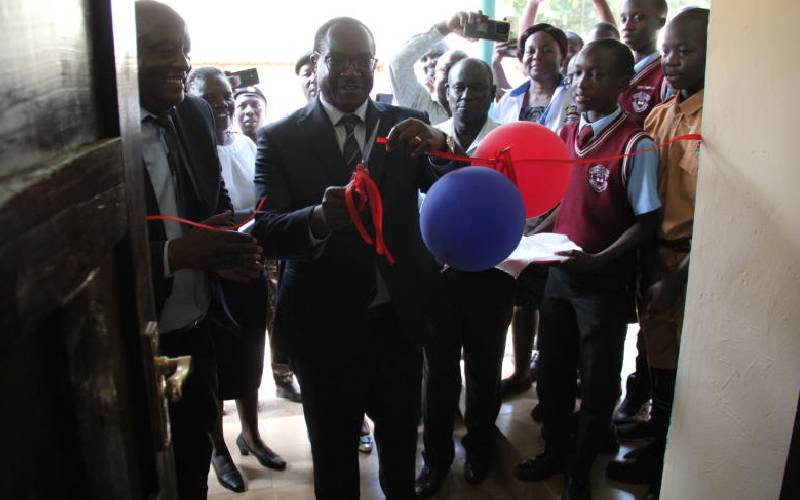A complete curriculum reform was last done 30 years ago when the 7–4–2–3 system was dropped and the 8–4–4 system adopted.
Over time, various reports generated by committees commissioned by the Government have stressed the need to reform the education system to respond to the country's changing needs.
The 7–4–2–3 curriculum system was geared towards white-collar jobs while the 8–4–4 system was more practical-oriented.
The aim of the reforms then was to develop a curriculum that would help learners to gain practical skills and competences for self-reliance.
Under the 8–4–4 system, emphasis was laid on practical subjects such as art and craft, woodwork, home science, agriculture and music.
However in 2002, a review of the curriculum conducted and subjects were reduced to lessen the workload on learners. During the review, some subjects were dropped and others were merged, with the most affected being the practical subjects.
Further, in 2009, a comprehensive evaluation of the primary and secondary education was carried out. The findings indicated that most learners exiting the education system at secondary level did not have adequate skills and competences to join the job market.
Gaps in agricultural, entrepreneurial, innovation and creativity and Information and Communication Technology skills were identified.
But the promulgation of the Constitution of Kenya 2010 also necessitated essential change in the administrative and organisational structure of various offices and services. Vision 2030, a blue print for economic development, also touched on issues related to education. It envisages reforms in secondary education and modernisation of the primary teacher education programmes. The vision has far-reaching implications on all the other levels of education to ensure smooth transition from one level to the next.
The development also prompted the need to streamline the running of the county and national governments as well as other fundamental institutions.
And in 2010, the intention to reform the curriculum was expressed with the setting up of the Douglas Odhiambo task force on "Re-alignment of Education and Training to the Constitution of Kenya."
The task force was to advise on how education would be reformed in line with Vision 2030 and the Constitution of Kenya 2010.
The task force report, among other issues, laid more emphasis on structuring of the curriculum within a skills and competencies framework that identifies the competencies to be acquired at each level.
But even with the short-term review efforts to slash workload for learners and align the sector to the Constitution and Vision 2030, it has still not been feasible to effect wider changes in the curriculum review.
The ongoing comprehensive reforms exercise therefore aims at shifting the curriculum from being subject-based to competency-based.
Stay informed. Subscribe to our newsletter
 The Standard Group Plc is a
multi-media organization with investments in media platforms spanning newspaper
print operations, television, radio broadcasting, digital and online services. The
Standard Group is recognized as a leading multi-media house in Kenya with a key
influence in matters of national and international interest.
The Standard Group Plc is a
multi-media organization with investments in media platforms spanning newspaper
print operations, television, radio broadcasting, digital and online services. The
Standard Group is recognized as a leading multi-media house in Kenya with a key
influence in matters of national and international interest.
 The Standard Group Plc is a
multi-media organization with investments in media platforms spanning newspaper
print operations, television, radio broadcasting, digital and online services. The
Standard Group is recognized as a leading multi-media house in Kenya with a key
influence in matters of national and international interest.
The Standard Group Plc is a
multi-media organization with investments in media platforms spanning newspaper
print operations, television, radio broadcasting, digital and online services. The
Standard Group is recognized as a leading multi-media house in Kenya with a key
influence in matters of national and international interest.








